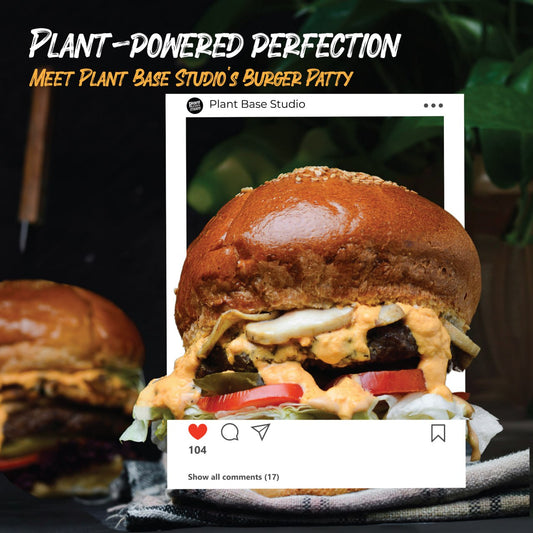1. Choose the right location
The first step is to choose the right location for your garden. You'll need a spot that gets at least 6 hours of sunlight per day. If you live in a warm climate, you may also want to choose a spot that gets some afternoon shade. The soil should be well-drained and rich in organic matter. If you're not sure what the soil quality is like in your yard, you can have it tested by a local nursery.
2. Prepare the soil
Once you've chosen a location, it's time to prepare the soil. If the soil is poor, you'll need to add some compost or manure to amend it. You can also add some sand to improve drainage. Once the soil is prepared, you can start planting!
3. Choose the right plants
When choosing plants for your vegan garden, you'll want to consider the climate in your area and the amount of sunlight your garden gets. You'll also want to choose plants that are easy to grow. Here are a few ideas for vegan-friendly plants that are easy to grow in most climates:
- Herbs: Herbs are a great way to add flavor to your vegan meals. Some easy-to-grow herbs include basil, parsley, chives, and mint.
- Leafy greens: Leafy greens like lettuce, kale, and spinach are a good source of vitamins and minerals. They're also relatively easy to grow.
- Squash: Squash plants are prolific producers and can be grown in a variety of climates. Some popular varieties of squash include zucchini, yellow squash, and butternut squash.
- Tomatoes: Tomatoes are a classic garden vegetable that are easy to grow in most climates. Just be sure to choose a variety that is suited to your growing zone.
Once you've chosen your plants, it's time to plant them! If you're planting seeds, you'll need to plant them about 1/2 inch deep. If you're planting seedlings, you'll need to plant them at the same depth they were in their pots.
5. Water and fertilize your plants
Your plants will need regular watering, especially during hot, dry weather. You may also need to fertilize your plants every few weeks. Be sure to follow the directions on the fertilizer label.
6. Protect your plants from pests and diseases
Vegan gardens are not immune to pests and diseases. However, there are a number of things you can do to protect your plants. One important step is to practice good garden hygiene. This means removing weeds and debris from your garden regularly. You can also use natural pest control methods, such as neem oil or insecticidal soap.
7. Harvest your crops
The best part of gardening is harvesting your crops! Once your plants start to produce, be sure to harvest them regularly. This will encourage the plants to produce more. You can eat your homegrown produce fresh, or you can store it in the fridge or freezer for later.
Growing your own vegan garden is a rewarding experience. It's a great way to save money, eat healthier, and reduce your environmental impact. So what are you waiting for? Get started today!




